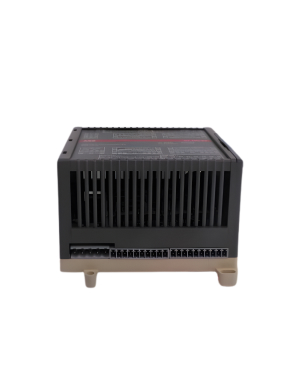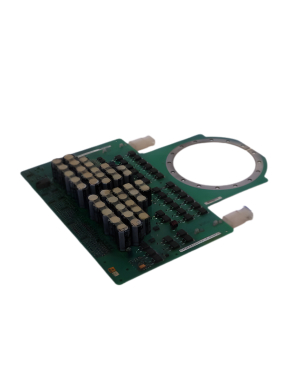Programmable Logic Controllers (PLCs)
Programmable Logic Controllers (PLCs) stand as the cornerstone of modern industrial automation, revolutionizing the way manufacturing processes are controlled and optimized. From automotive assembly lines to chemical plants, PLCs play a pivotal role in enhancing efficiency, ensuring safety, and streamlining operations across diverse industries. In this comprehensive guide, we delve into the intricacies of PLCs, exploring their functions, components, programming languages, applications, and the evolving landscape of industrial automation.
Introduction to PLCs:
A Programmable Logic Controller, commonly referred to as a PLC, is a specialized computerized device designed to control machinery and processes in industrial settings. Unlike traditional relay-based control systems, PLCs offer greater flexibility, reliability, and scalability, making them indispensable in modern manufacturing environments. PLCs execute control functions based on user-defined logic programmed into their memory, enabling precise monitoring and manipulation of industrial processes.
Components of PLCs:
PLCs consist of several key components that work in harmony to execute control functions effectively:
- Central Processing Unit (CPU): The CPU serves as the brain of the PLC, processing instructions and coordinating communication between various components.
- Input Modules: Input modules interface with sensors and other input devices to detect and receive signals from the controlled process.
- Output Modules: Output modules interface with actuators and other output devices to control the operation of machinery and equipment.
- Memory: PLCs contain various types of memory, including program memory for storing control logic, data memory for storing variables and values, and system memory for temporary storage and execution of instructions.
- Programming Interface: PLCs feature programming interfaces that allow users to create, edit, and download control programs to the PLC. Programming languages such as ladder logic, function block diagrams, and structured text are commonly used to develop control logic for PLCs.
Programming Languages:
PLCs support various programming languages, each suited for different applications and user preferences:
- Ladder Logic: Ladder logic is a graphical programming language that resembles electrical relay logic diagrams. It is widely used for programming PLCs due to its intuitive nature and ease of understanding.
- Function Block Diagrams (FBD): FBD is a graphical programming language that represents control logic using interconnected function blocks. It is particularly useful for complex control tasks and modular programming.
- Structured Text (ST): Structured text is a high-level programming language that resembles traditional programming languages like C or Pascal. It offers greater flexibility and control for advanced programming tasks.
Applications of PLCs:
PLCs find applications across a wide range of industries and processes, including:
- Ladder Logic: Ladder logic is a graphical programming language that resembles electrical relay logic diagrams. It is widely used for programming PLCs due to its intuitive nature and ease of understanding.
- Function Block Diagrams (FBD): FBD is a graphical programming language that represents control logic using interconnected function blocks. It is particularly useful for complex control tasks and modular programming.
- Structured Text (ST): Structured text is a high-level programming language that resembles traditional programming languages like C or Pascal. It offers greater flexibility and control for advanced programming tasks.
The Future of PLCs:
As technology continues to evolve, PLCs are also undergoing rapid advancements to meet the demands of Industry 4.0 and the era of smart manufacturing. The integration of PLCs with Internet of Things (IoT) technologies, cloud computing, and artificial intelligence is transforming traditional manufacturing processes into interconnected, data-driven systems.



















